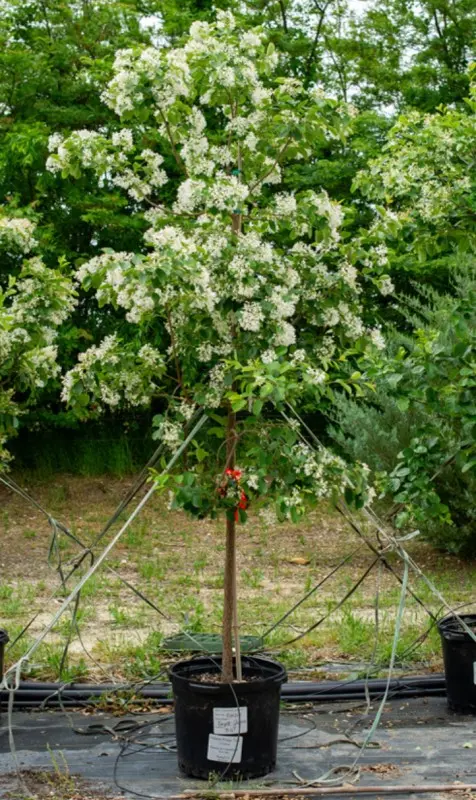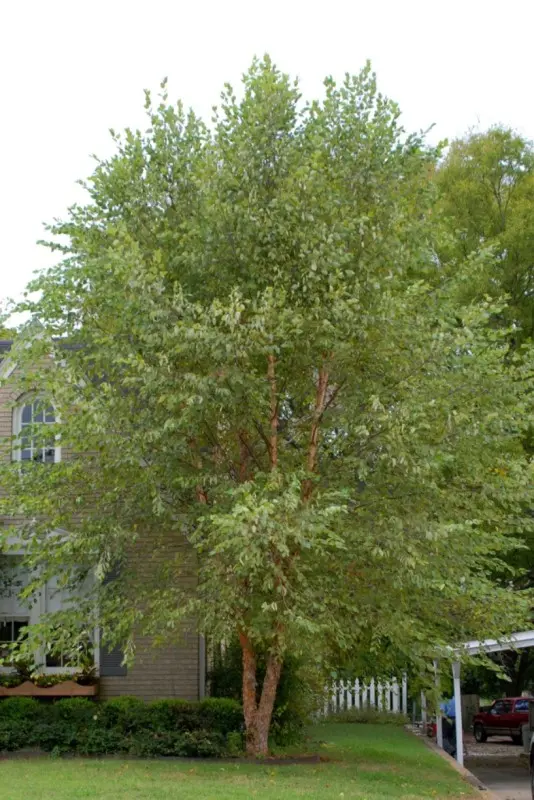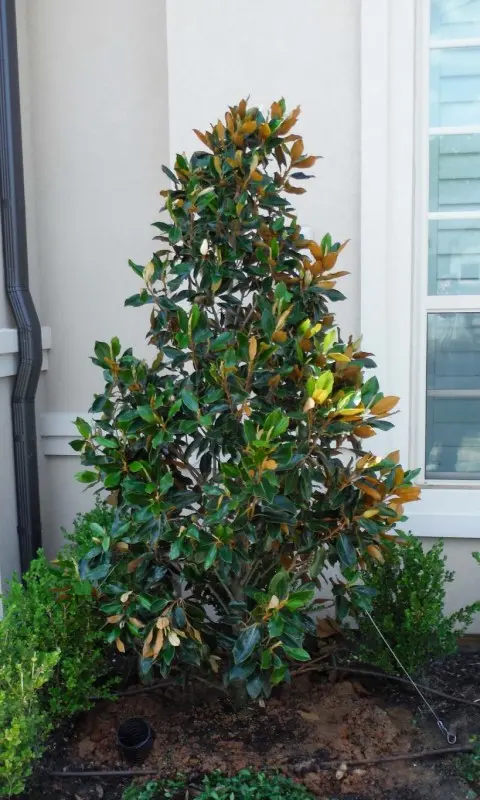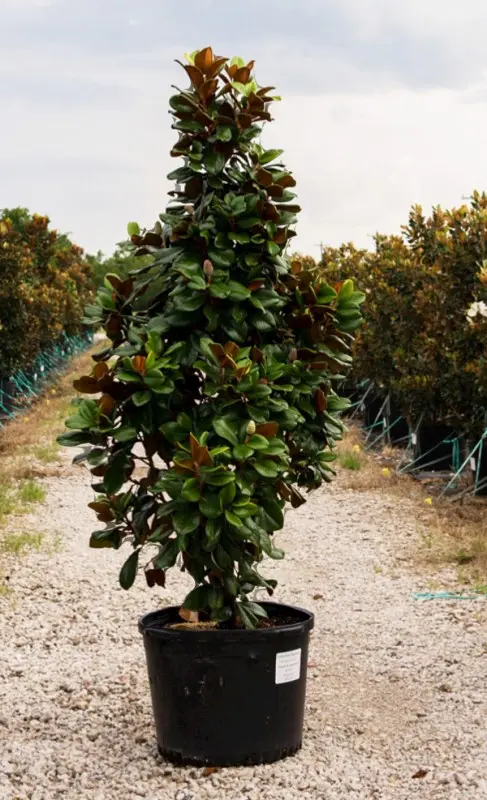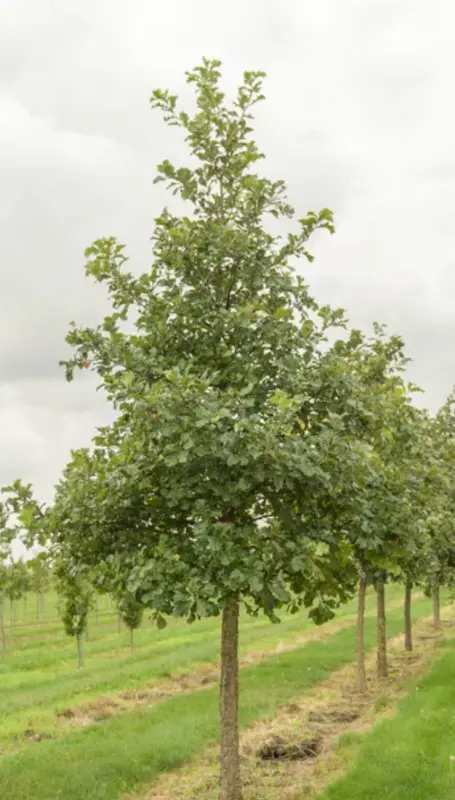Description
Chinese Fringe Tree (Chionanthus retusus) is a deciduous tree known for its delicate, fragrant white blooms that appear in early to mid-spring, resembling airy clusters of fringe-like petals. Native to China, Korea, and Japan, this small ornamental tree creates a beautiful display with its cloud-like blooms that attract bees and other pollinators. As the flowers fade, they are followed by small, bluish-black fruits that are enjoyed by birds, adding wildlife value to the garden.
Chinese Fringe Trees typically grow 15 to 25 feet tall and wide, making them an ideal choice for small landscapes, as specimen trees, or as accents in mixed borders. They thrive in USDA zones 5-9 and prefer full sun to partial shade. This tree adapts well to a variety of soil types, including clay, loam, and sandy soils, as long as they are well-draining. Chinese Fringe Tree is moderately drought-tolerant once established but performs best with consistent moisture, especially in hotter climates.
Low-maintenance and relatively pest-resistant, Chinese Fringe Trees require minimal pruning, typically only to remove any dead or crossing branches to maintain a healthy shape. With their elegant blooms, vibrant green leaves, and compact size, Chinese Fringe Trees are a stunning addition to any garden, bringing both beauty and seasonal interest to formal and informal landscapes alike. Their striking spring flowers, graceful form, and adaptability make them a treasured ornamental for creating focal points in garden designs.

